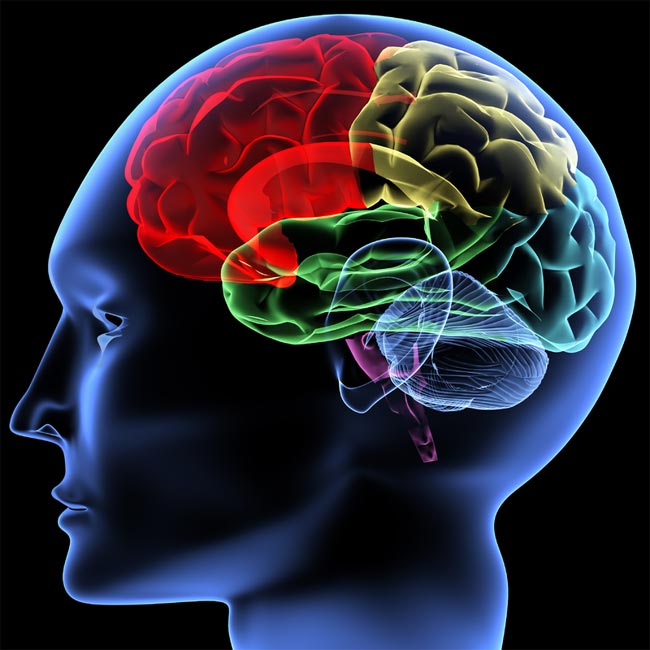Dementia Can Render Flavors Meaningless

People with dementia can lose their capacity to understand sights, sounds and words. And in some cases, the condition can also take away the meaning of flavors, a new study suggests.
Those with a specific type of dementia, called semantic dementia, have a harder time identifying flavors and determining whether a certain flavor combination would generally be considered unusual, the researchers found.
Higher thinking about flavors, such as whether they go together, works in a similar way to the higher thinking about language. The new results suggest that this type of semantic dementia causes a semantic deficit across the board (semantics is the study of meaning).
"It's quite interesting and unexpected that one would find these sensory signals behaving in the same way words or music might behave," said study researcher Jason Warren, of the University College London. "Flavor information is one example of a complex environmental signal that people can lose understanding about, it's part of a more general problem," he said.
The study also hints that different types of dementia confer impairments in understanding flavors, but these impairments manifest themselves in different ways. For instance, one patient in the study who had a type of dementia similar to Alzheimer's had trouble distinguishing whether two different food samples tasted the same or not. Those with semantic dementia did not have this problem.
However, the study is based on a very small number of participants, so further research is needed to confirm the findings.
Jellybean tasting
Get the world’s most fascinating discoveries delivered straight to your inbox.
Dementia refers to the cognitive decline that can be caused by a number of disorders, such as Alzheimer’s. Semantic dementia is a degenerative brain disease that has only recently been recognized, and occurs when areas on the outer surfaces of the brain (called the temporal lobe) start to decay. It is substantially rarer than Alzheimer's (which affected about 26.6 million people worldwide in 2006), but precise numbers are hard to determine because people with the disease might be misdiagnosed as having other cognitive disorders, Warren said.
Semantic dementia patients start to lose their understanding of words, and often develop changes in their eating habits, such as going through different food fads.
Warren and his colleagues used jellybeans to assess flavor understanding in four dementia patients (three with semantic dementia and one with an Alzheimer's-like condition) and six healthy subjects.
Participants were given two jelly bean flavors and had to determine whether the flavors were different or the same; whether the flavor combination would generally be thought of as odd (like vanilla and pickle); and what the identity of the second flavor was (choosing from pictures and words that represent the flavors).
The semantic dementia patients performed significantly worse on the latter two tasks than healthy individuals.
"They had some basic aspects of their flavor processing still normal, still preserved, but they lost … the types of information that relate to the meaning of food, the understandings of how foods go together," Warren said.
Future work
Warren thinks future studies should compare flavor interpretation in other cases of dementia.
"My prediction would be that there are likely to be distinct profiles of altered flavor processing in these different diseases," he said.
Also, while the current study did not directly examine the brain, it suggests areas affected by semantic dementia are involved how we think about flavors. Previous studies in healthy people have also shown the same brain areas damaged in semantic dementia are active when people make judgments about flavors, Warren said.
Next, Warren and his colleagues plan to conduct a larger study looking at brain changes that occur in dementia patients as their ability to interpret flavors is tested.
The results are published in the June issue of the journal Cortex.
- Top 10 Ways to Keep the Mind Sharp
- 7 Ways the Mind and Body Change With Age
- Brain Food: How to Eat Smart

Rachael is a Live Science contributor, and was a former channel editor and senior writer for Live Science between 2010 and 2022. She has a master's degree in journalism from New York University's Science, Health and Environmental Reporting Program. She also holds a B.S. in molecular biology and an M.S. in biology from the University of California, San Diego. Her work has appeared in Scienceline, The Washington Post and Scientific American.


